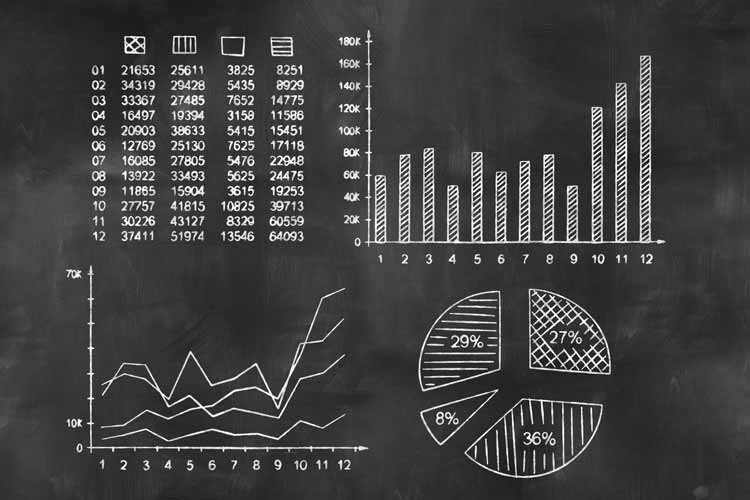
The U.S. Treasury yield has fallen below the S&P dividend yield
For the longest time, it was generally accepted that bond yields would be higher than stock dividend yields. Stocks, through stock price appreciation, have potential for huge returns that aren't possible with bonds. Stocks have outperformed bonds over the long-term, and one of the costs of these higher returns was lower yields from stocks.
During the financial collapse, however, the 10-year U.S. Treasury yield fell below the S&P 500 Index (SPX) dividend yield for the first time since the 1950s. It stayed that way for five months before going back to "normal." Since then, there have been a few occasions where the Treasury yield has fallen below the dividend yield, including recently, as trade concerns have collapsed bond yields.
Presumably, this makes stocks look extremely attractive if you're getting a higher yield, in addition to the historical outperformance. Perhaps the Treasury yield falling below the dividend yield is some sort of wake-up call to investors to spark stock purchases. That's a theory we can work with as I look at prior instances of these rare occurrences to see if that's what has happened in the past.

To get the prior instances, I looked at monthly closing figures going back to 1953, which is as far back as we have Treasury yield data. Below are the times that the dividend yield overtook the 10-year Treasury yield (it had to be the first occurrence over the prior three months). Assuming it stays this way at the end of the month, it will be the first signal for this indicator going back to early 2016.
Looking at the table below, our theory seems plausible. The returns look bullish, with the average return after a signal beating the typical market returns across three of the four time frames. The average return three months later is skewed by the exceptionally poor return after the signal in late 2008, which captured the climactic selling of the financial crisis. The returns 12 months later were positive after five of the six signals. All five positive 12-month returns gained double digits.

Finally, here’s a chart going back to 2007 showing all the signals of when the Dividend – Treasury yield spread became positive. It seems to support the theory laid out at the beginning that this could be a wake-up call to investors that stocks are attractive. A couple of the occurrences were early, but they all happened relatively close to fine buying opportunities.
